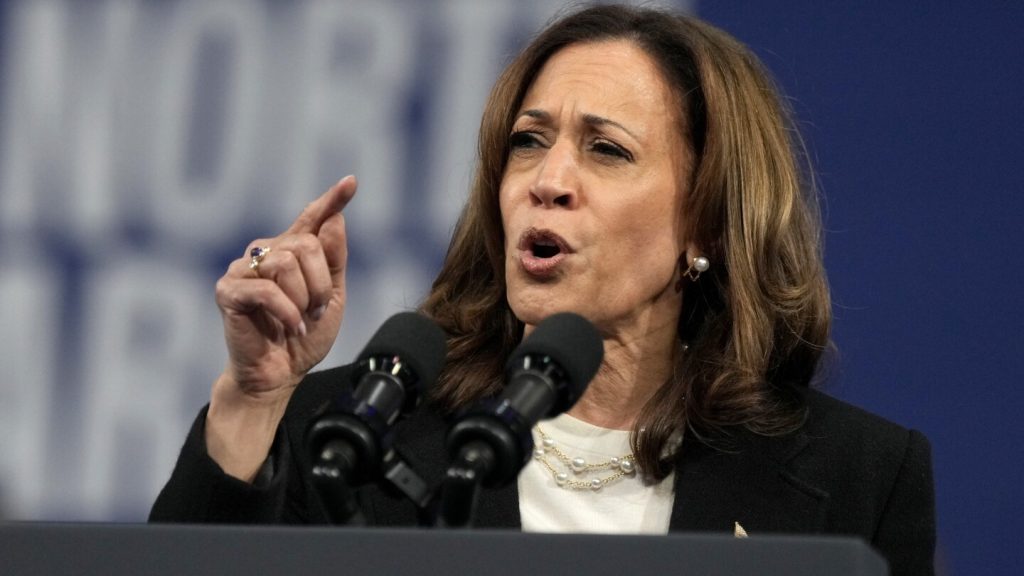Vice President Kamala Harris and former President Donald Trump launched campaign blitzes in swing states with vastly different approaches. Harris touted endorsements from Republicans and promised to protect health care and abortion, while Trump focused on tax exemptions and inflamed rhetoric on immigration. The starkly different choices faced by voters in battleground states will decide the outcome of the election. Trump’s incendiary rhetoric and dark portrayal of the nation are aimed at his most strident supporters, while Harris is hoping to attract moderate and conservative Republicans repelled by Trump.
The campaign’s focus on swing states like Arizona, Georgia, Michigan, North Carolina, Nevada, Pennsylvania, and Wisconsin highlights the narrow path both candidates have to 270 Electoral College votes. Harris, campaigning in a state that Trump won twice but narrowly, celebrated her debate performance and stressed the importance of the upcoming election. She warned against overconfidence, emphasizing the need to put country above party and defend the Constitution. Trump, on the other hand, doubled down on his support base and painted a grim picture of the country under Biden and Harris, vowing to reverse what he sees as a freefall.
Trump’s post-debate blitz energized his base with promises of ending taxes on overtime wages and reducing housing construction costs. However, Harris’s campaign labeled these promises as a “snake oil sales pitch,” pointing out inconsistencies in Trump’s policies. Trump’s speech focused heavily on immigration and his opponents, with exaggerated claims about migrants and attacks on debate moderators. His inflammatory rhetoric, mispronunciation of Harris’s name, and insistence on labeling her as both a Marxist and a fascist added to the divisive nature of the campaign.
Harris, in contrast, focused on exciting and organizing the diverse Democratic base while appealing to moderate Republicans who are uncomfortable with Trump. She defended the Affordable Care Act and criticized Trump’s lack of a specific health care plan. Harris’s strategy mirrors Biden’s approach in flipping traditionally GOP-leaning states in previous elections. Trump, however, banking on his core supporters and promises of tax breaks, faces the challenge of expanding his support base to include working- and middle-class voters disillusioned with his administration’s policies.
As the campaign enters its closing stretch, the contrasting visions of Harris and Trump highlight the critical choices facing voters in swing states. With no third debate scheduled, the candidates are focusing on energizing their bases and reaching out to undecided voters. The final weeks leading up to the election will determine whether Harris’s inclusive approach or Trump’s divisive rhetoric resonates with voters. The outcome of the election will shape the future of the country and its direction on critical issues such as health care, immigration, and the economy.


